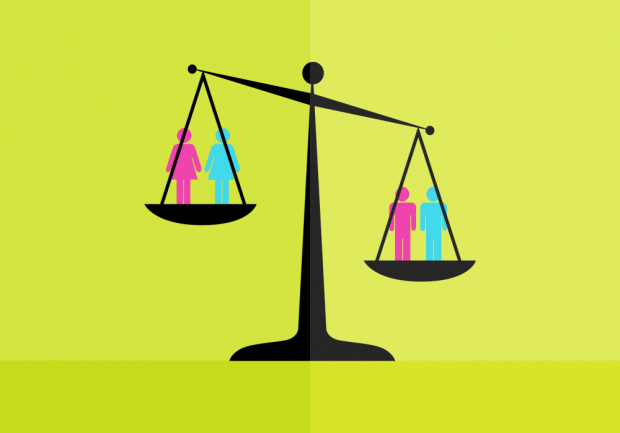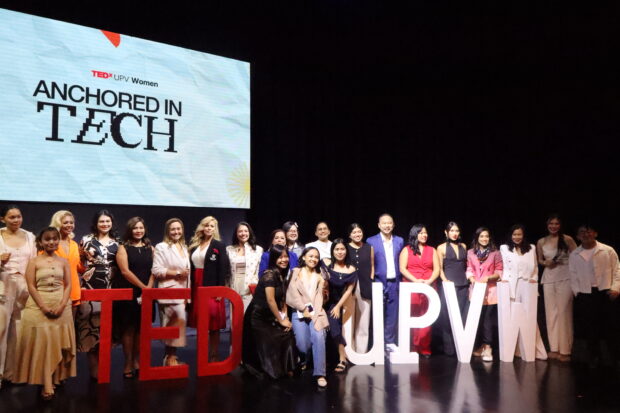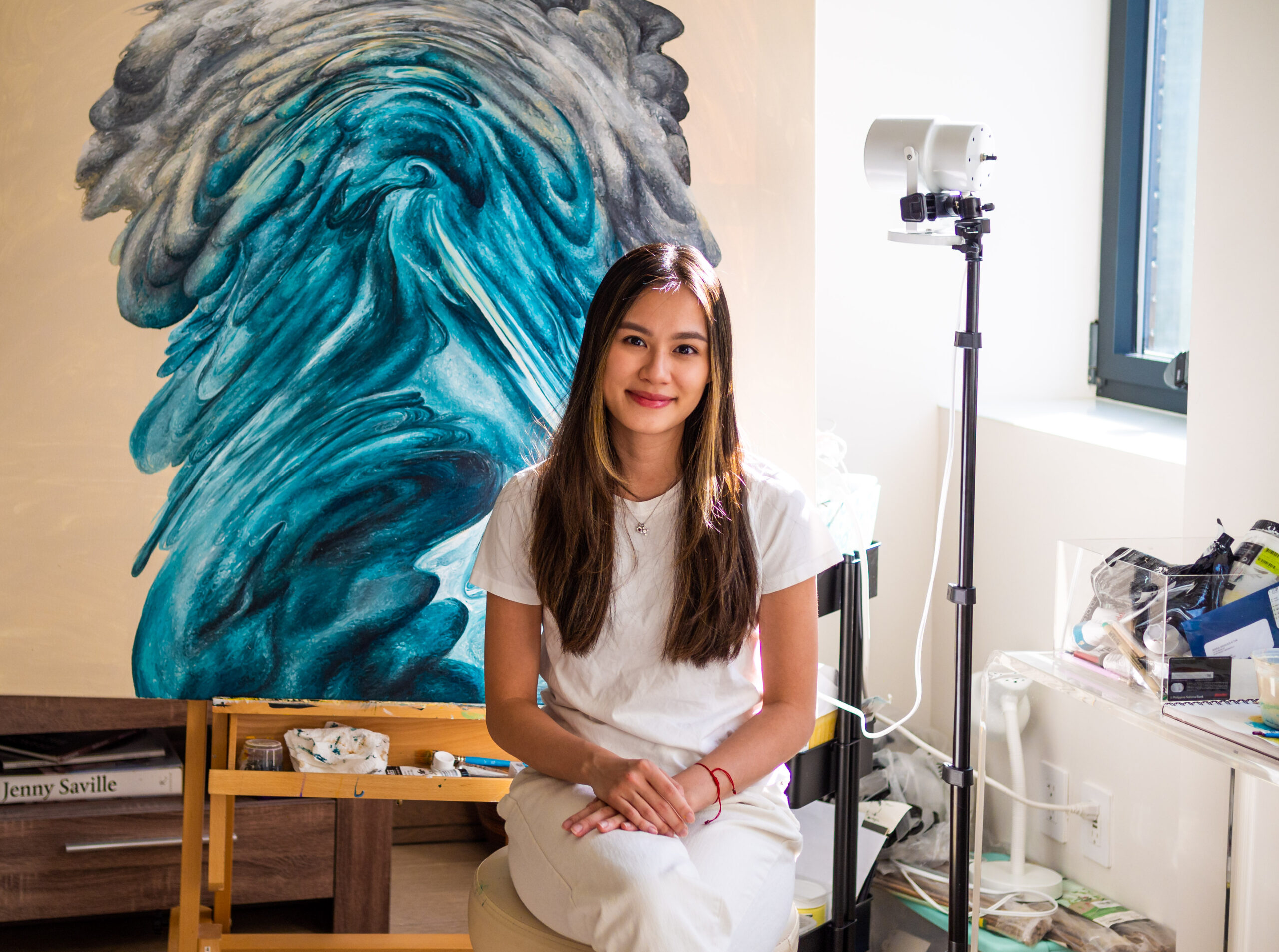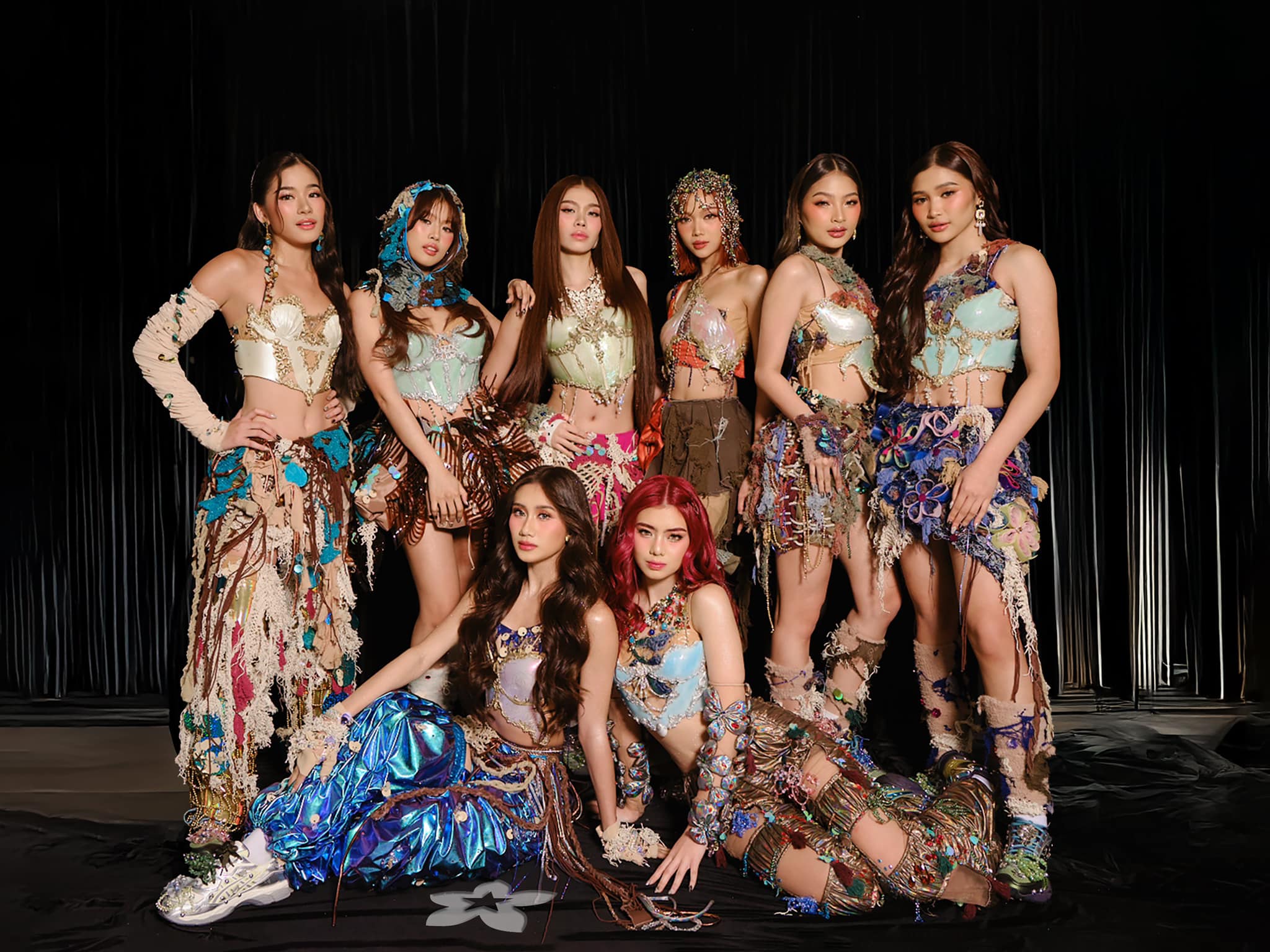Why is there still such a glaring lack of lesbian representation in Philippine media?
On a Saturday not so long ago, I was with a dear friend having one of those great lunches that turns into coffee then into dinner. My friend, a Filipino artist and storyteller who was born and raised in Manila, and is among the most intelligent and sensitive people I know, said, “In the early stages of my art process, I unconsciously make all my characters straight men.”
It’s just one of the many moments patriarchy takes place. Fortunately, a deliberate pursuit of awareness can change it. For instance, in later drafts, my friend changes characters’ gender and sexual orientation to be more diverse—or rather, to be more realistic ones.
Unfortunately, much of the art industry, especially TV and film, don’t take this necessary next step.
Amid the outpouring of support for Caitlyn Jenner and other ambassadors of the sexually marginalized, I can’t help but wonder: Why is there still such a glaring lack of lesbian representation in Philippine media?
As progressive as we claim to be, we simply don’t have enough substantial lesbians in the limelight
Sure, we’ve got Aiza Seguerra, Charice Pempengco (now Jake Zyrus), and Monique Wilson, but they’ve been on our radar for decades. In an age of unprecedented openness to homosexuality, it’s curious that we continue to see the same few faces representing our Filipina lesbian population.
One may point out that the public has access to multitudes of B-movie, soap opera, and radio drama lesbians. However, their characters seem to be nothing more than sexual objects—a dehumanizing tactic we can hardly celebrate. As progressive as we claim to be, we simply don’t have enough substantial lesbians in the limelight.
The Filipino lesbian is always the butch lesbian
Even when lesbians are represented in something as forward-looking as pop culture, they’re depicted as stereotypically butch—a caricature that overlooks the myriad ways in how to be a woman. Think of Charice’s transformation from nene to toughie, and how that aligns with the portrayals of lesbians in Philippine cinema and television.
Of course, there have been attempts to address this dearth of inclusive representation. The 2014 film “Ang Huling Cha Cha Ni Anita” explores the sexual awakening of a pubescent lesbian. And on TV, “The Rich Man’s Daughter” brings a (femme!) lesbian love story in our living rooms. But these are rare exceptions.
Unfortunately, much of what’s produced continues to perpetuate Philippine media’s bad habit of using lesbians as props—either as comic relief, or a body to ogle. Our highest grossing local film featuring a lesbian character is “Girl, Boy, Bakla, Tomboy,” in which the eponymous “Tomboy” is played by a male star, Vice Ganda. A deliberate, and perhaps cheap, comedic strategy that capitalizes on the irony that Vice Ganda is gay.
Even in “The Rich Man’s Daughter,” the leading ladies don’t wander from primetime’s formula of using a doe-eyed bombshell to play up a scene’s sexual tension. The main difference here is that there are two doe-eyed bombshells on the screen.
The West moves forward
Meanwhile, in the West, lesbian films and shows are challenging the public to ditch the two-dimensional stereotype, inviting them, instead, to engage with the complex and realistic storylines of lesbian characters. The rise in popularity of “Orange Is The New Black,” “The Fosters,” and “Blue Is The Warmest Color” have engendered a rich conversation about sexuality and relationships in a diverse world—all because they portrayed these lesbians as people first, before a gay minority.
Meanwhile, in the West, lesbian films and shows are challenging the public to ditch the two-dimensional stereotype, inviting them, instead, to engage with the complex and realistic storylines of lesbian characters
So why isn’t the Philippines catching on? I think many would rationalize this oversight by citing our culture’s backwards conservatism. In a country where the men who run the Roman Catholic Church have a frightening amount of legislative clout, it shouldn’t come as a surprise that homosexuality, especially the sapphic variety (so vile in its rejection of the noble penis!), is demonized.
But perhaps the issue is more universal than it seems at first glance. Perhaps the lack of lesbian representation in media is a symptom of a deeper ill that affects every Filipino, not just gays and their detractors.
Patriarchy at work
My friend’s comment was unsettling but valid. Our nation’s expected hero is rarely a woman, let alone a queer one. What’s dangerous about devaluing individuality is that this type of thinking doesn’t just apply to gays and women. Giving in to patriarchy is the insidious gateway to accepting other forms of oppression. No wonder the slightest deviation from the usual archetypes seems like an act of rebellion—it is.
One of the most withstanding qualities of the Filipino identity is that it is big enough to make room for people who are vastly different from each other. To reflect that acceptance in our art and media would not only be progressive, it would also be accurate. The pervasive underrepresentation of lesbians in pop culture doesn’t just hurt lesbians, it diminishes our nation as a whole.












































